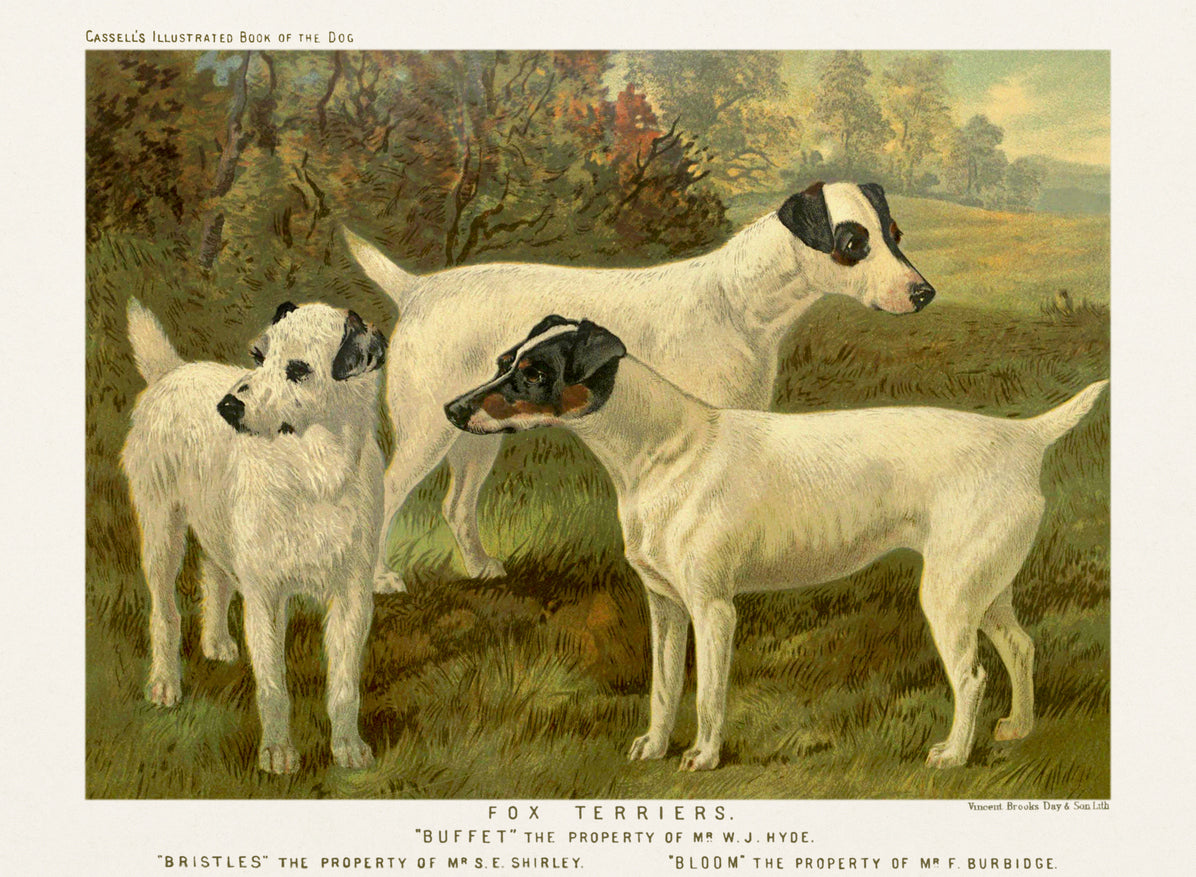Have you ever wondered how animals came to be common household members? When and where were the first four-legged friends? How different are the pets we know and love today from those animals long ago?
If you are curious about the history of household pets, then this is the blog for you! Let’s explore the first dogs and cats – which one do you think became pets first? Keep reading to find out!
Animal Domestication
In order for pets to become the tame creatures we know and love today, they had to be domesticated. Domestication is the process in which animals and plants are adapted for human use. It is understood that gray wolves were first domesticated by humans somewhere in western Eurasia.
The Earliest Pet Dogs in History
Does your pet love to scavenge for scraps? Well, scientists believe wolves first hung around human camps to steal leftover food. It is expected that these pups turned into pals, traveling with nomads.
 Domestication may have then occurred naturally as different generations of wolves got used to their human companions. Scientists are to understand it takes six to eight generations to domesticate a canine, according to The History of Dogs as Pets.
Domestication may have then occurred naturally as different generations of wolves got used to their human companions. Scientists are to understand it takes six to eight generations to domesticate a canine, according to The History of Dogs as Pets.
It is thought that the earliest dogs may date back as far as 35,000 years ago! The confirmed earliest pet dog was discovered in Germany in the early 1900s. This dog’s skeleton was found in a grave with its anticipated human companions from 14,000 years ago, according to “How Wolf Became Dog.”
The Earliest Dogs in the U.S.
So, when and how did dogs find their way to the U.S.? Well, interestingly enough, researchers believe dogs arrived more than 10,000 years ago by crossing the land bridge between Alaska and Siberia: North America’s first dogs were domesticated in Siberia, but their descendants are all gone.
If you didn’t know, the Bering Land Bridge was land that connected Asia to Alaska during the ice age when sea levels were 300-400 feet lower than they are today. 11,000 years ago, due to global warming, the sea levels rose, causing the bridge to disappear!
So, where did these early-day Siberian dogs go? This discovery was oddly enough a surprise to scientists – they don’t know why there are no direct descendants. It is thought their extinction may have been due to disease, biological changes from when Europeans discovered North American land, and cultural persecution.
Sounds like these fascinating creatures were not popular among the early settlers. Some genetic elements are traced to breeds that have lived to this day. According to the aforementioned article, their closest relatives are the “American Arctic dogs, which includes the Alaskan malamute, the Alaskan husky and the Greenland dog.”
The Earliest Cats
Domestic and wild cats are more rarely found in archaeology compared to dogs! Interestingly enough, “domestic cats were not widespread before the colonial period of the eighteenth and nineteenth centuries” according to The earliest domestic cat on the Silk Road.
As the title of this scientific report indicates, the earliest domestic cats were found along the Silk Road. In case you don’t know, the silk road was a trade route network, named after the trade of Chinese silk among other high value commodities.
Here is what is very interesting: “Felines are most frequently found in archaeological contexts in this region not as osteological remains but as artistic ornaments, and feature prominently in the iconography of animal style art, typical of Iron Age steppe cultures of the late first millennium BCE in Kazakhstan, Tuva, and Mongolia” (The earliest domestic cat on the Silk Road).
So, unlike dogs, cats held a multitude of significance. In Chinese folklore, cats have celestial significance as guardians to rid evil spirits and bring good fortune to human companions. Metalwork and body art shows inspiration across Central Asia and Persia from big cats, like leopards, lions, and lynxes.
Ultimately, “the earliest historical mention of domestic cats originates from Persia and dates to the sixth century CE, when it was specifically noted that women kept cats as pets, dying their fur, adorning them with jewelry, and letting them sleep in their beds” according to the The earliest domestic cat on the Silk Road.
Oh, to be a spoiled, styled cat in a maiden's bed in a medieval household! It sounds not so different from the pamper of modern day cat lovers!
The Earliest Cats in the U.S.
Like dogs, it is expected that cats came across the Bering Land Bridge, 9 million years ago (The Evolution of Cats). As they migrated, they evolved into different types and sizes. Then, European domestic cats were brought in the 15th and 16th century to control vermin and disease! Thanks, feline friends!
So, which were pets first, as asked at the beginning? Well, it is likely that the proof of domesticated dogs buried alongside humans predates cats. But, the cat family branched off first, 10.3 million years ago, compared to dog-like mammals, 7.8 million years ago (What came first, the Cat or the Dog?).
I hope you learned something from this overview of cats and dogs as the species we know today, and as our furry friends! How neat are these origin stories? The next time you look your pupper or feline in the eye, maybe take a moment to reflect on all the amazing history that predates their existence as your family member.




